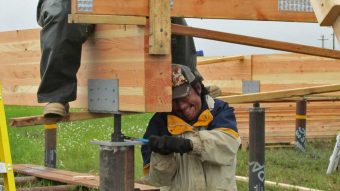Weatherization
Weatherization Weatherization refers to the process of making your home more energy-efficient through taking simple measures like caulking windows and weather-stripping doors. Like any home retrofit, there are many steps you can take depending on the unique characteristics of your home. For example, if you have old, leaky windows, caulking around the edges may be…














